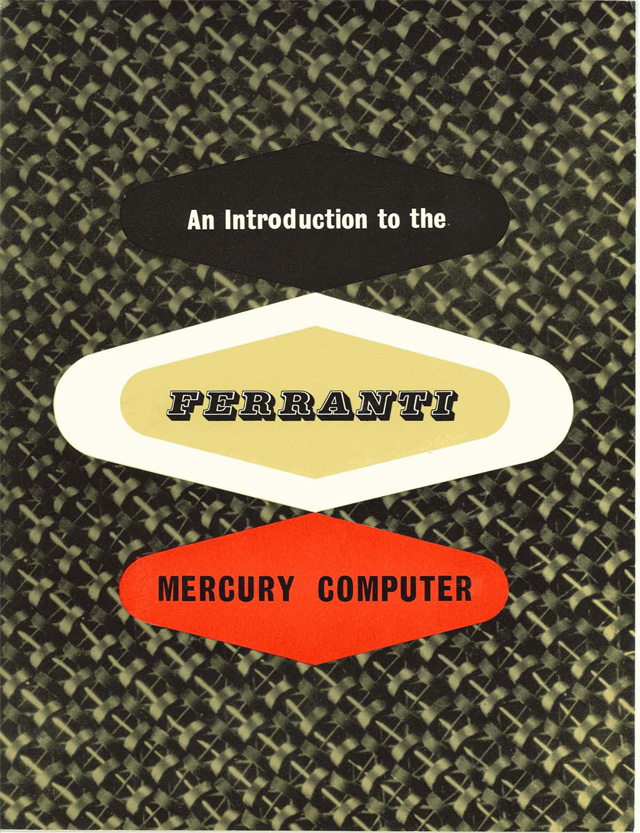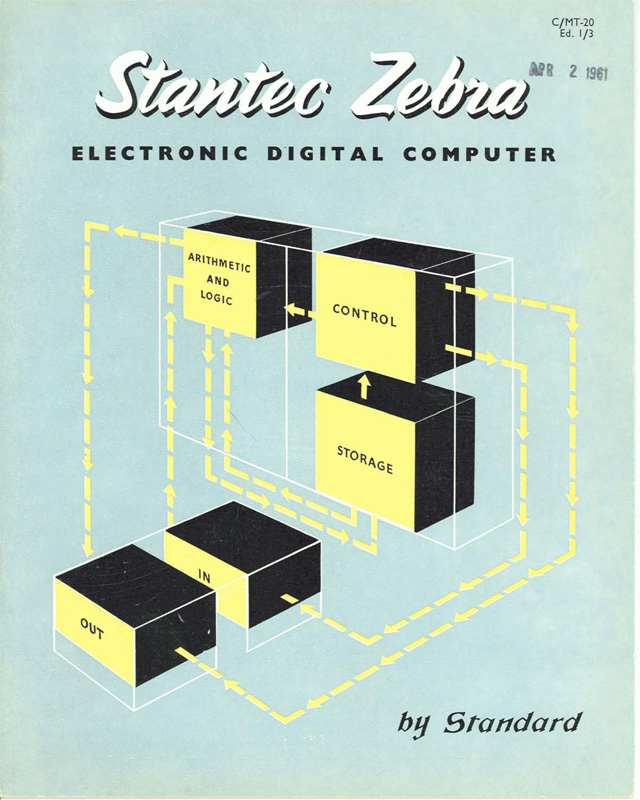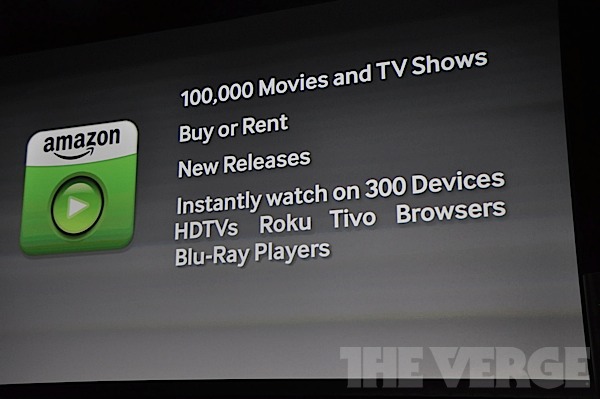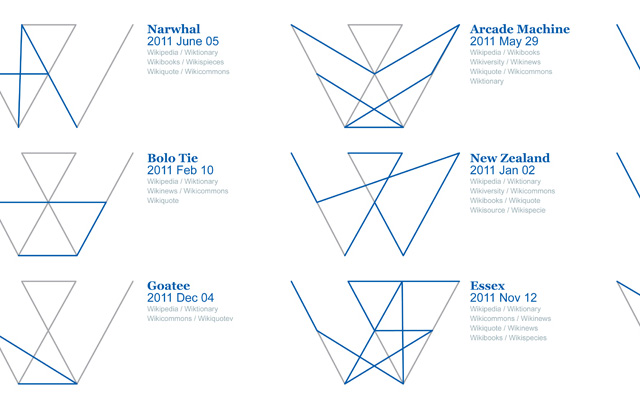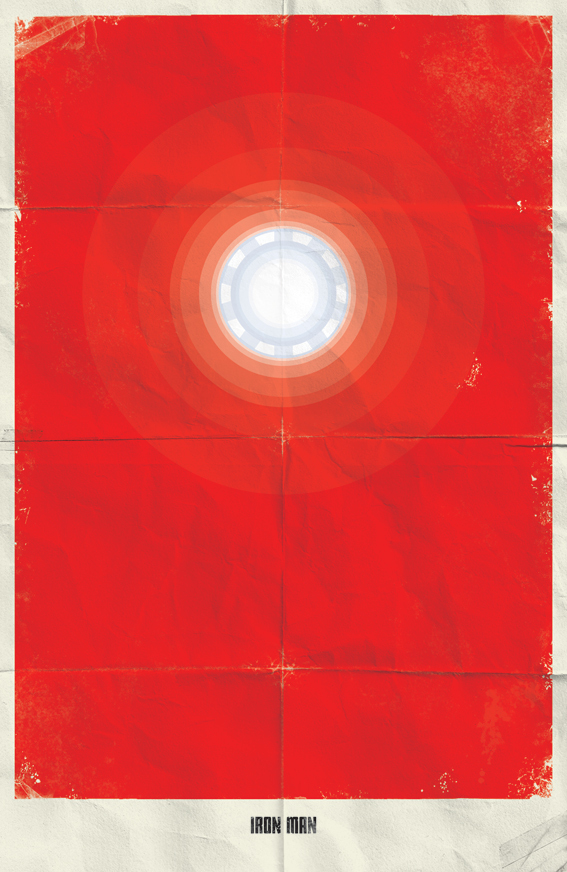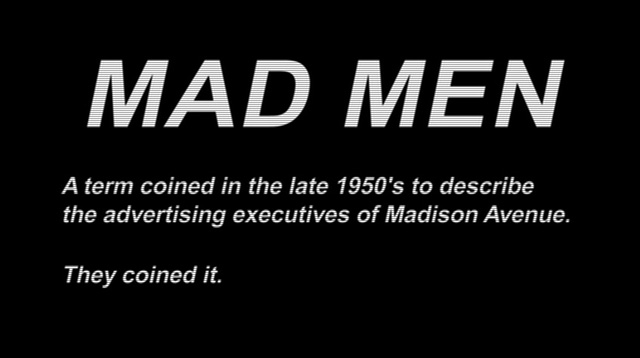It’s both thrilling and frightening.
Randy Murray gets poetically hyperbolic on Steve Jobs and the future of Apple:
Isaac Asimov wrote a very interesting series of novels called “The Foundation.” In them, his character, Hari Seldon, developed a science called psychohistory, with which he was able to accurately predict the large scale course of human events. It’s a great series, and was added to by some other popular science fiction writers over the years.
This idea, that one man could both predict and influence human events, is both fascinating and incredible.
And yet we have our own Hari Seldon. It’s Steve Jobs.



